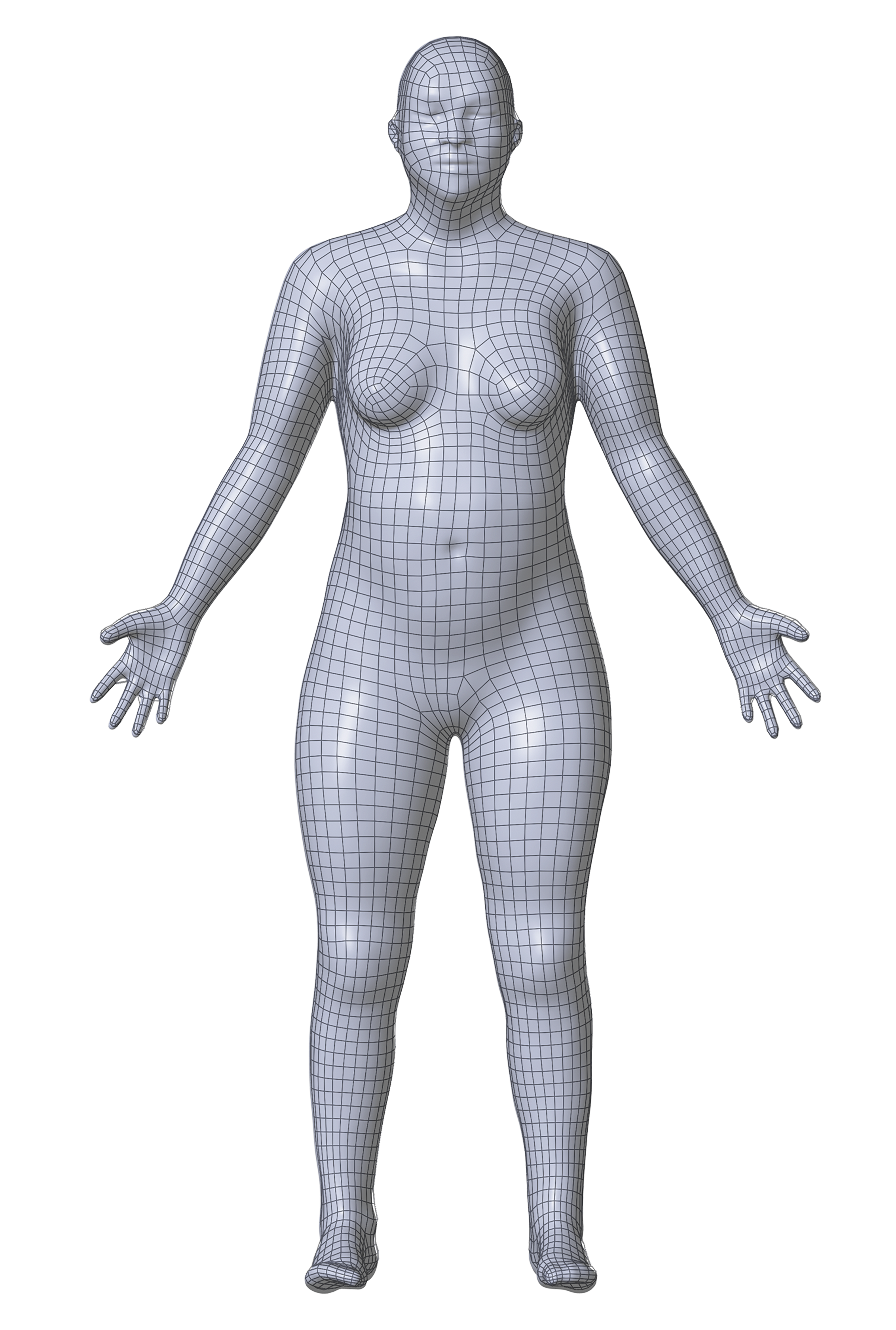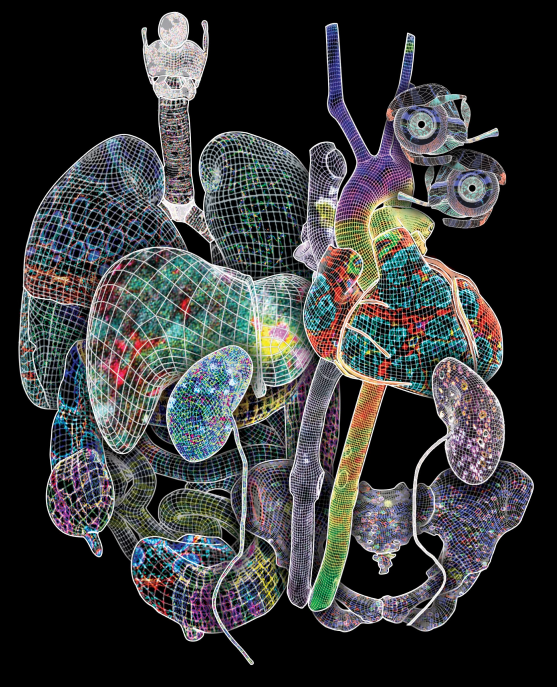TV narrator: In conclusion, the Human
Reference Atlas is a
comprehensive, high-resolution, three-dimensional atlas of all the cells in the healthy human body.
TV narrator: With the HRA, everyone will be able to find the names and
locations of all their favorite cells!
CeCe: The ASCT+B Reporter allows researchers
to explore anatomical
structures, cell types, and biomarkers that make up organs.
Squiggy: Do you think I
have biomarkers that would help scientists identify what kind of cell type I am?
CeCe: You bet, Squig!
Scientists have many ways of detecting the presence of characteristic biomarkers.
CeCe: Unfortunately, those
are way too complicated to get into right now, so let me just look at that tag on your back.
Squiggy: But how will
these help me find out what kind of cell I am?
CeCe: I'll show you. Ready to
go on another journey, Squiggy?
Squiggy: Oh, CeCe,
please... no more! Don't make me ride this crazy thing again. I haven't recovered from the last
trip!
CeCe: Alright, alright. Don't
pop your nucleus. I've got an idea.
CeCe: Maybe we could ask
these people out here to help.
CeCe: Those nice people out
there who have been scrolling along and reading our adventure.
CeCe: How about it readers?
Want to help out our friend?
Squiggy: Oh, please say
"yes!"
CeCe: Then head over to the
Reporter to find out what kind of cell type our friend is.


